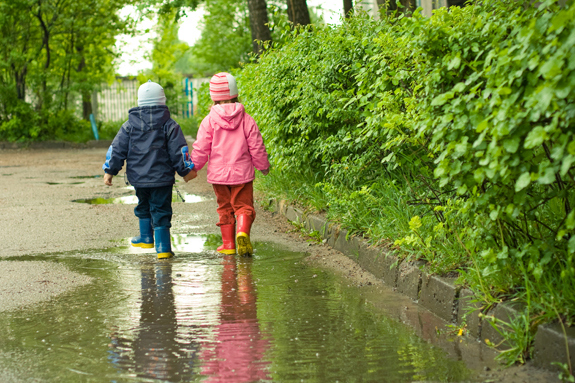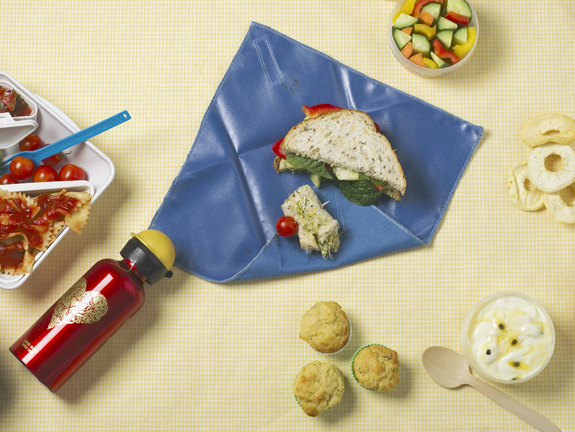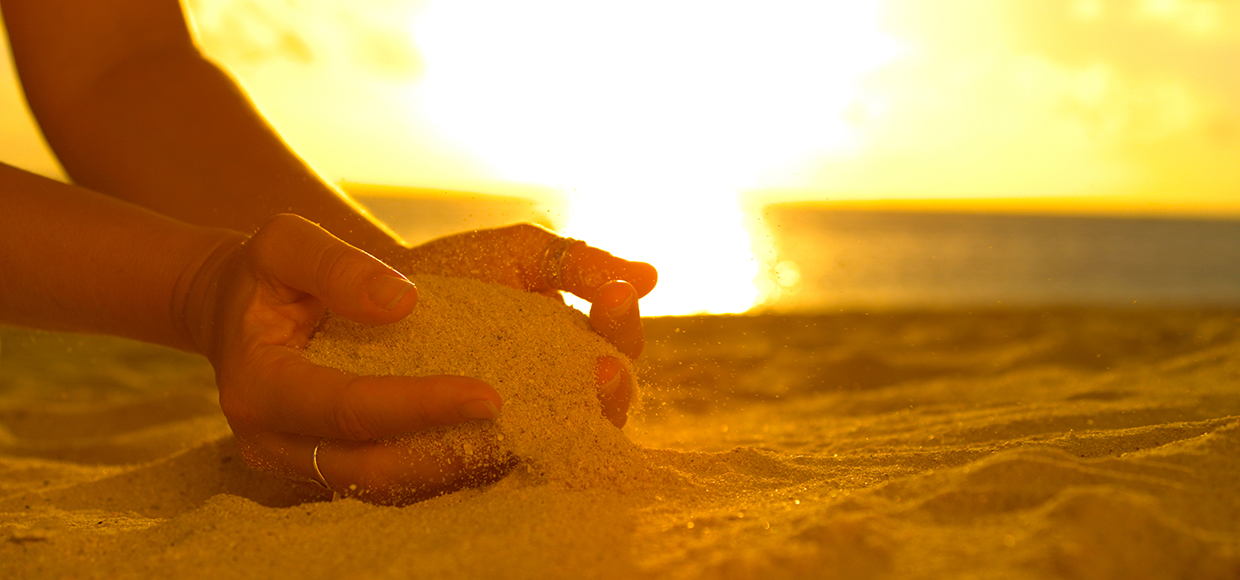Afternoons spent climbing trees, building huts in the garden, or just whiling away time cloud-gazing are the kind of experiences that can be restorative, nurture creativity, and help children form an essential bond with nature
Unstructured – and in some cases relatively unsupervised – outdoor play was fairly standard fare when we were growing up, as it was with many generations of Kiwi kids before us. Hours were spent taking our dolls on safaris in the garden, playing in sandpits, the local park or the beach, riding our bikes around the house – or, as we grew older – around the neighbourhood. One way or another, a common feature of the Kiwi childhood was a lot of time spent outside.
By comparison, children’s time today tends to be much more organised. And the little time kids do spend outdoors is often supervised by an adult and spent in manicured parks or other landscaped spaces.
Children need to experience joy and wonder in nature – sometimes in solitude – for them to create their own nature experiences, says child advocate and author Richard Louv. As as they grow up, they also need to expand the boundaries of their exploration.
Louv writes about the phenomenon of the ‘de-natured child’ in his book Last Child in the Woods: saving our children from Nature Deficit Disorder. He says today’s wired generation of kids are increasingly separated and disconnected from the natural world. In particular modern children spend little or no time alone in nature. A growing addiction to electronic media, the relinquishment of green spaces to development, parents’ exaggerated fears of natural and human predators, the threat of lawsuits and vandalism are all contributing factors. (As are laws banning the flying of kites, treehouses that require building permits and the overly restrictive body corporate rules of some apartment buildings and condominiums.)
A US bestseller, the book has now been republished as a special Australian edition. Some of the examples Louv gives are more extreme than here in New Zealand (for instance 80 percent of Americans live in metropolitan areas and many of these areas are severely lacking in green spaces; only 30 percent of Los Angeles residents live within walking distance of a park), but overall, his message is relevant to parents everywhere.
As open meadows, woods and wetlands have been bulldozed to make way for the manicured lawns, parks and golf courses of the burbs, says Louv, the little time many children spend outside is most likely to be in planned playgrounds or other such antiseptic spaces that provide little opportunity for exploration, imagination or solitude.
“There is no such thing as bad weather, only inappropriate clothing.” – Sir Ranulph Fiennes
And according to Louv, this lack of exposure to the lessons and sensory experiences of the natural world is evidenced in all sorts of negative trends, including the rise in disturbing childhood afflictions such as attention-deficit hyperactivity disorder, stress, depression, anxiety and, of course, childhood obesity. Nature is an antidote to stress, says Louv. Children and parents feel better for spending time in the natural world – even if it’s just in the garden. Not only can nature teach kids science and nurture their creativity, nature needs its children: where else will its future stewards come from?
Ten simple ways to open the door to nature:
1. Build a sandpit. Sand is cheap, fun to play with and allows children to be creative.
2. Create a bird bath – a shallow pottery bowl will do. Hang a bird feeder next to it in winter. Plant native flowers and shrubs in your garden and watch them as they change through the seasons.
3. Involve the grandparents. They often have more free time than parents and most can remember when playing outside was considered normal and expected of children. Ask them to talk to your children about what they did when they were young and encourage them to the same.
4. If you have access to a garden, a friend’s farm, paddock or other patch of grass, encourage your older children to go camping at the weekends or school holidays. Tell your children about the places in nature that have been special for you.
5. Face the fear. Often the perception of stranger danger exceeds the reality. Telling a child to stay away from strangers is relatively ineffective, says family psychologist John Rosemond. Instead, teach children to be on the lookout for specific threatening behaviours and situations.
6. Collect frogspawn in the spring and watch it turn into tadpoles. All you need is a fishing net and a tank. Fill your tank with pond or rainwater and add a few pond plants so that the tadpoles can feed on algae that grow on them when they hatch. Check out www.nzfrogs.org for more.
7. Take the kids out walking when the moon is full. Bring a torch and if you live in town, head for the nearest open space – just make sure you stick together. Listen out for night animals and other nocturnal creatures. Look up to the stars and marvel. If you have an Android or iPhone there are apps you can use to track and identify the stars.
8. Help you children discover a hidden world. Place a piece of board on a patch of bare ground, return in a day or two, lift the board and see how many creatures have taken shelter there. Use a nature book or Google images to identify them.
9. Get wet and wild. Teach your children to swim when they’re young and as they get older, get them canoeing, sailing and swimming. Join in an organised beach clean up (check out www.projectjonah.org.nz or www. sustainablecoastlines.org for starters) or simply make a habit of taking plastic bags with you whenever you go to the beach and encourage your children to pick up litter when you come across it. Take a walk along the beach in the rain.
10. Know your neighbours. Invest in the life of the building, street or community where you live. Create a play-watch group, where parents share the responsibility for keeping an eye on where children are playing.
Last Child in the Woods: Saving our children from Nature Deficit Disorder, Australian edition, Allen & Unwin 2011, $25
Action stations!
Books aren’t just for inside, says children’s book expert Lois Huston. Here are a few titles to help get the kids off the couch.
Check out an old favourite, The Dangerous Book for Boys, by Conn Iggulden. Set out like a boys’ annual, it covers an amazing variety of topics such as making water bombs, fossils, go-carts, fishing and coin tricks. Kids don’t seem to mind the old-fashioned format, it’s like a secret code: “Adults don’t think we’ll like these books because they look old – but we really do.” There are various pocket versions, but the New Zealand edition (HarperCollins) is currently out of print.
A similar book is The Naughty Kid’s Book of Nature. Written by Des Hunt and Scott Tullock, it presents natural New Zealand from a different perspective. For example, the first chapter is titled ‘Road Kill’ and is filled with just the kind of gross facts that children love. After reading this, your kids will soon be investigating their backyard with a magnifying glass. As a matter of interest, this book has just been listed as a Notable Book by Storylines, the Children’s Literature Foundation.
For a good read, try Des Hunt’s latest novel. The Peco Incident follows two teenagers as they stumble on eco-terrorism, right here in New Zealand. A fast-paced adventure, it nevertheless has more serious undertones and touches on topical issues such battery farming and the plight of native birds. Fresh air and reading – nothing could be better!
Explorers: great tales of adventure and endurance
Penguin 2010, $60

Described by one reviewer as “a book by the people who do, about the people who did”, this richly illustrated and fact-packed hardback book is just the ticket to fire the imaginations of young explorers. There’s a foreword by seasoned explorer Sir Ranulph Fiennes and an introduction by TV star and global traveller Michael Palin, as well as exploration route maps, information about lesser- known explorers, early Arab and Chinese seafarers and other key aspects of early global travel.





